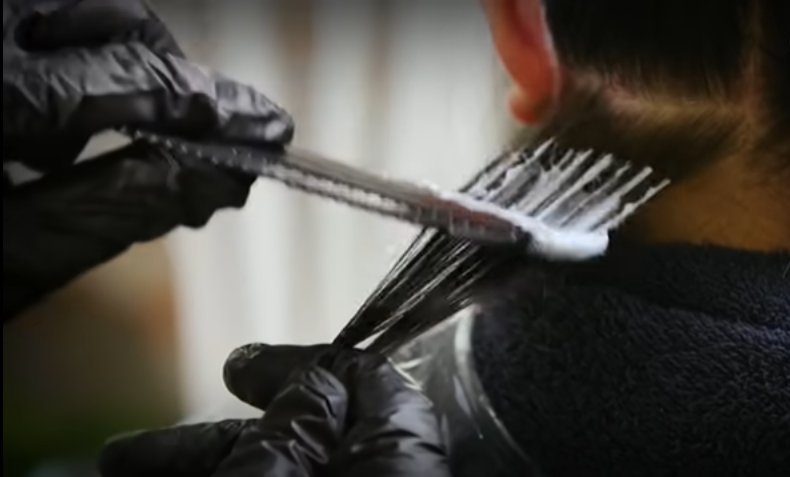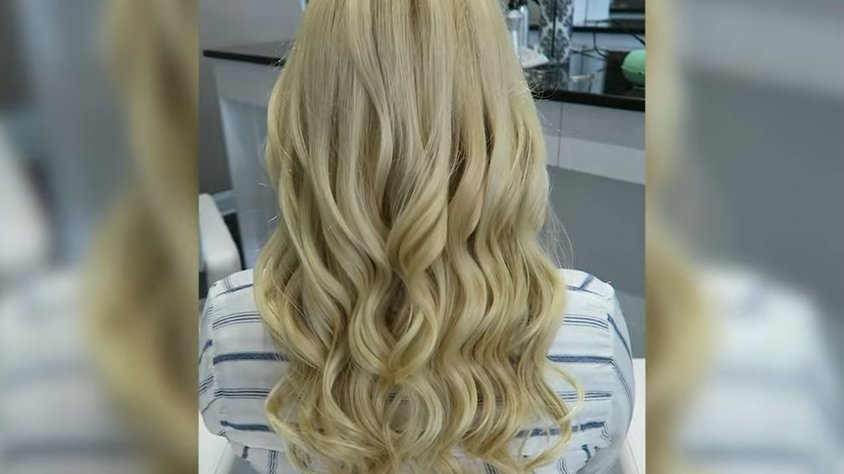Bleaching your hair can create stunning results, but it’s no secret that it takes a toll on your hair’s health. Bleaching strips the hair of natural moisture, leaving it prone to dryness, breakage, and dullness. Hydrating your hair after bleaching is essential to restoring its vitality and maintaining its beauty. This guide covers expert tips to help you replenish your hair’s moisture and keep it healthy and strong.

1. Use a Hydrating Shampoo and Conditioner
Start with a shampoo and conditioner designed for damaged or color-treated hair. These products are formulated to restore moisture, repair damage, and protect your strands from further harm. Look for key ingredients like:
- Argan oil for deep nourishment.
- Keratin to strengthen the hair shaft.
- Aloe vera for soothing hydration.
Tip: Avoid sulfates and harsh detergents, as they can strip your hair further.
2. Deep Condition Weekly
Invest in a high-quality deep conditioning treatment or hair mask. Apply it at least once a week to replenish moisture and repair the damage caused by bleaching. Ingredients to look for include:
- Shea butter for intensive hydration.
- Coconut oil to lock in moisture.
- Panthenol (Pro-Vitamin B5) for added elasticity.
Leave the mask on for 20-30 minutes under a shower cap or a warm towel for maximum absorption.
3. Incorporate Leave-In Treatments
A leave-in conditioner or serum can provide ongoing hydration throughout the day. These products are lightweight and protect your hair from environmental damage while keeping it soft and manageable.
Recommended ingredients:
- Hyaluronic acid for long-lasting moisture.
- Silk proteins for smoothness.
4. Protect Your Hair from Heat Styling
Bleached hair is already fragile, so heat styling can exacerbate the damage. Reduce the use of flat irons, curling wands, and blow dryers. If heat styling is unavoidable, always apply a heat protectant spray before styling to shield your hair from further moisture loss.
5. Trim Regularly
Bleached hair tends to develop split ends more easily. Regular trims every 6-8 weeks can prevent split ends from traveling up the hair shaft, keeping your hair healthier and more hydrated overall.
6. Hydrate from the Inside Out
Your hair’s health isn’t just about external care—it also reflects your overall well-being. Drink plenty of water and eat a diet rich in:
- Omega-3 fatty acids (found in salmon, walnuts, and flaxseeds) for hair strength.
- Biotin (found in eggs, nuts, and seeds) to promote growth.
- Vitamin E (found in avocado and almonds) for scalp health.
7. Use Natural Oils for Intensive Care
Natural oils are some of the best remedies for dry, bleached hair. Apply these oils as an overnight treatment or a pre-shampoo mask:
- Coconut oil penetrates deeply to moisturize from within.
- Argan oil adds shine and softness.
- Olive oil smoothens the cuticle and prevents breakage.
Massage the oil into your scalp and distribute it through the lengths of your hair. Rinse thoroughly and follow with a gentle shampoo.
8. Avoid Chlorine and Salt Water
Chlorine and salt water can strip your hair of moisture and exacerbate dryness. If swimming is part of your routine:
- Wear a swim cap.
- Apply a protective leave-in conditioner before entering the pool or ocean.
- Rinse your hair immediately after swimming to remove any harmful residues.
9. Try Hair-Strengthening Treatments
Salon treatments like Olaplex or bond-repair systems can restore the integrity of your hair by repairing broken bonds caused by bleaching. These treatments strengthen your hair, making it more resilient to damage.
10. Be Patient and Consistent
Hydrating bleached hair is not an overnight process. Consistency is key to restoring and maintaining your hair’s health. Stick to a routine that includes moisturizing products, protective habits, and healthy lifestyle choices.
Read also: Protect Your Hair from Hard Water Damage – Here’s How
Why Do You Need to Hydrate Your Hair After Bleaching?

Bleaching your hair involves using strong chemical agents to strip away the natural pigments in your strands. While this process achieves lighter hair color, it also removes essential oils, weakens the hair shaft, and disrupts the protective outer layer of the hair, known as the cuticle. As a result, your hair may become:
- Dry and brittle: Without moisture, your hair loses its elasticity and becomes prone to breakage.
- Prone to split ends: Dehydrated hair is more likely to develop split ends that can travel up the hair shaft.
- Lifeless and dull: Lack of moisture affects shine and overall hair texture.
Hydrating your hair restores lost moisture, strengthens the hair fibers, and improves its overall health and appearance. Regular hydration prevents further damage and keeps your bleached hair looking vibrant and smooth.
How to Take Care of Bleached Hair?

Bleached hair requires a specialized care routine to maintain its health and beauty. Here’s how to ensure your hair stays hydrated and damage-free:
1. Moisturize Regularly
Use hydrating shampoos, conditioners, and leave-in treatments specifically designed for color-treated or bleached hair. Incorporate deep conditioning masks weekly for intensive moisture.
2. Limit Heat Styling
Avoid excessive use of heat tools like flat irons and curling wands, as they can further dry out your hair. If you must use heat, apply a heat protectant spray.
3. Use Bond-Building Treatments
Products like Olaplex or other bond-repair systems strengthen the internal structure of your hair, making it more resistant to breakage.
4. Protect Your Hair from Environmental Stressors
- UV protection: Use hair products with UV filters to prevent sun damage.
- Chlorine and salt water: Rinse your hair before and after swimming, or use a protective leave-in conditioner.
5. Trim Regularly
Get trims every 6-8 weeks to remove split ends and keep your hair looking healthy.
6. Switch to Satin or Silk Pillowcases
These materials reduce friction on your hair, preventing breakage and frizz while you sleep.
When to See a Hair Specialist?
Sometimes, despite your best efforts, your hair may need professional intervention. Consider consulting a hair specialist if:
- Severe Breakage: If your hair breaks off easily and feels extremely fragile, it may need professional strengthening treatments.
- Persistent Dryness: When at-home hydration routines don’t improve your hair’s condition, a specialist can recommend or perform deep-moisture treatments.
- Hair Loss: If you notice significant hair loss or thinning after bleaching, it’s essential to see a dermatologist or trichologist.
- Scalp Irritation: Burning, redness, or discomfort on your scalp after bleaching could indicate chemical damage, which requires medical attention.
Seeking expert advice can prevent further damage and help restore your hair’s health effectively.
Final Thoughts
Bleached hair requires extra care to stay hydrated and healthy. By following these expert tips and prioritizing your hair’s needs, you can enjoy vibrant, beautiful hair without compromising its integrity. Remember, the right products and practices can make all the difference in your hair care journey!